-
Welcome to Tacoma World!
You are currently viewing as a guest! To get full-access, you need to register for a FREE account.
As a registered member, you’ll be able to:- Participate in all Tacoma discussion topics
- Communicate privately with other Tacoma owners from around the world
- Post your own photos in our Members Gallery
- Access all special features of the site
Nitrogen Filled Tires
Discussion in 'Wheels & Tires' started by MotoMoose68, Jul 21, 2015.
Page 2 of 8
Page 2 of 8


 Which tires?
Which tires?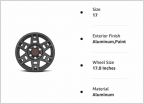 Will 265/65/R17 tires rub on TRD Pro wheels?
Will 265/65/R17 tires rub on TRD Pro wheels?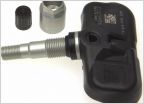 When it's time to replace TPMS sensors.
When it's time to replace TPMS sensors.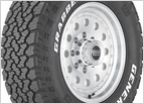 Can't get 14" tires anymore
Can't get 14" tires anymore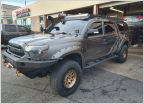 Saving weight vs looks
Saving weight vs looks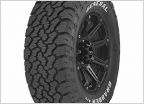 General Grabber ATx 265/70r16 tire size availability
General Grabber ATx 265/70r16 tire size availability













































































